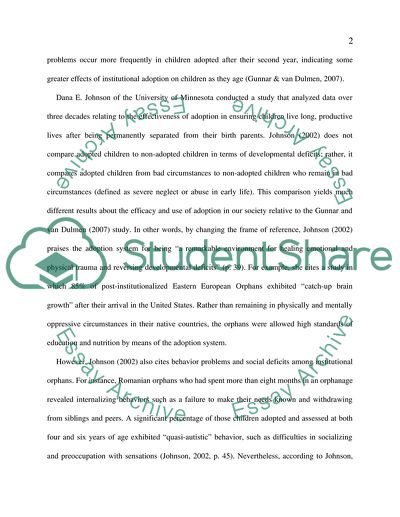Cite this document
(Meta-Analysis of Behavioral Problems in Children Research Paper, n.d.)
Meta-Analysis of Behavioral Problems in Children Research Paper. Retrieved from https://studentshare.org/psychology/1746370-behavior-problems-of-children
Meta-Analysis of Behavioral Problems in Children Research Paper. Retrieved from https://studentshare.org/psychology/1746370-behavior-problems-of-children
(Meta-Analysis of Behavioral Problems in Children Research Paper)
Meta-Analysis of Behavioral Problems in Children Research Paper. https://studentshare.org/psychology/1746370-behavior-problems-of-children.
Meta-Analysis of Behavioral Problems in Children Research Paper. https://studentshare.org/psychology/1746370-behavior-problems-of-children.
“Meta-Analysis of Behavioral Problems in Children Research Paper”, n.d. https://studentshare.org/psychology/1746370-behavior-problems-of-children.


